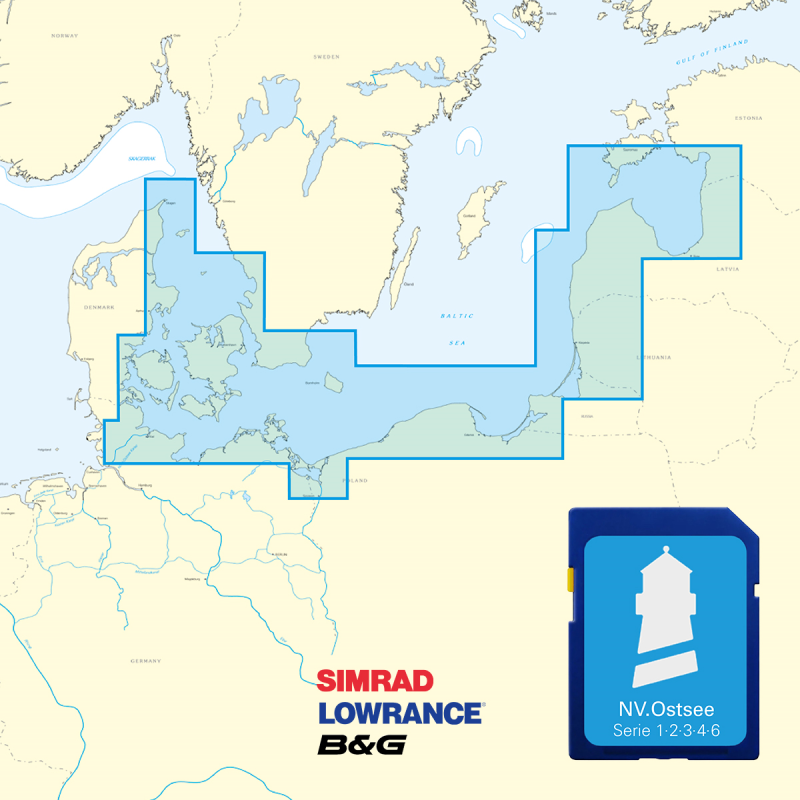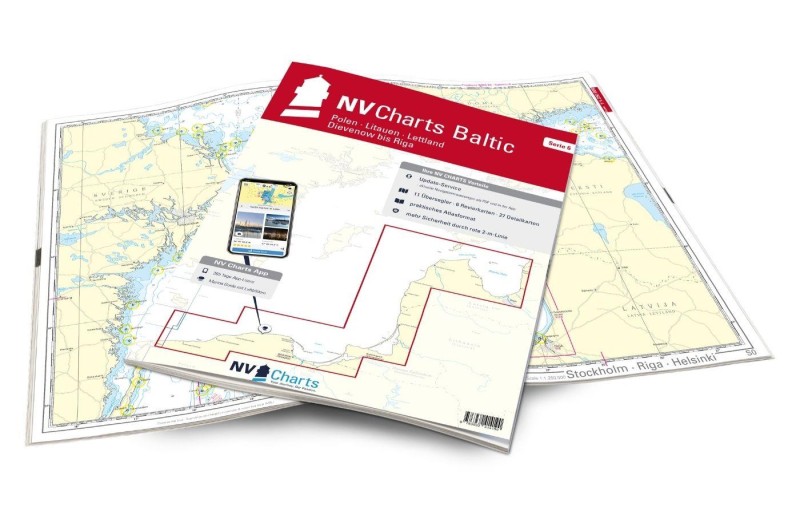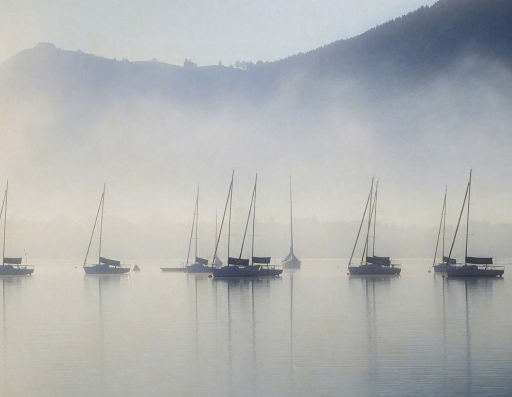Kołobrzeg - Saline Boat Club
Marina near Kołobrzeg (Radzikowskie Przedmieście)
Latitude
54° 10’ 48.3” NLongitude
15° 33’ 30.2” EDescription
Commercial port with two inland marinas on the Parsęta estuary
NV Cruising Guide
Navigation
From the approach buoy, you approach the long, well-lit pier entrance. Cross currents must be expected, which can be up to 2.5 knots depending on the wind direction and strength.
In rough seas, entering the port is difficult and can be dangerous.
Berths
There are moorings for yachts with a draught of up to 3.5 m in Solna Marina and the guest harbor a little further south.
Surroundings
The town center is only a few minutes away from the marina. There you will find the post office, the train and bus station, numerous banks/ ATMs, a hospital, police and numerous stores.
The marina has a historic fortress called Reduta Morast, which is used for celebrations, live performances and other events. Reduta Morast is also home to a beer garden with a barbecue and fish smokehouse.
NV Land Guide
Kołobrzeg, one of the oldest towns in Poland, is located on the Parsęta River in the central part of the Polish Baltic coast. The old town of Kołobrzeg was not located where the port is today, but 4 km further upstream on the Parsęta in what is now the village of Budzistowo. The first settlement was founded there in the VIII. century. In the year 1000, Bolesław Chrobry, King of Poland, founded the first bishopric in West Pomerania.
A new town was built on the east side of the Parsęta River, near the coast and a field with many brine springs. In 1255, Kołobrzeg was granted city rights under Lübish law, and at the beginning of the XIV century it became a member of the Hanseatic League. The numerous brine springs on both banks of the Parsęta River, about 1 km from its mouth, formed a solid basis for the economic development of Kołobrzeg. Even today, forty different brine springs and rich deposits of therapeutic mud form the natural basis for the existence and continuous development of a spa complex, whose natural healing properties of the local brine were discovered in the XIXth century and led to the first health resorts. In the past, salt obtained from brine was the main product of Kołobrzeg's trade.
Fishing, herring trade and agriculture contributed significantly to the economic development of the town. At the transition to the 16th century, when Kołobrzeg came under Brandenburg rule, the economy experienced a decline. A complete collapse occurred under Prussian rule, when the town was turned into a fortress and systematically destroyed during the wars.
During the Second World War, Kołobrzeg once again played the role of a fortress town and became one of the strongest elements of the so-called Pomeranian Wall - a long line of extremely powerful fortifications built by the Nazis in West Pomerania. The town was liberated after fierce fighting on March 18, 1945. It was the first liberated Polish seaport in the war, so a symbolic ceremony of marriage between Poland and the sea took place on that day.
Today's Kołobrzeg is mainly a well-known spa town with numerous sanatoriums specializing in the treatment of respiratory and circulatory problems, metabolic and endocrinological disorders and diabetes.
Marina Information
| Max Depth | 2.7 m |
Contact
| Phone | +48 785 882 842 |
| Please enable Javascript to read | |
| Website | https://www.marinakolobrzeg.pl |
Surroundings
Electricity
Water
Toilet
Shower
Restaurant
Internet
Grocery
Ramp
Garbage
Comments
You can add comments with the NV Charts App (Windows - iOS - Android - Mac OSX).
You can download the current version at nvcharts.com/app.


